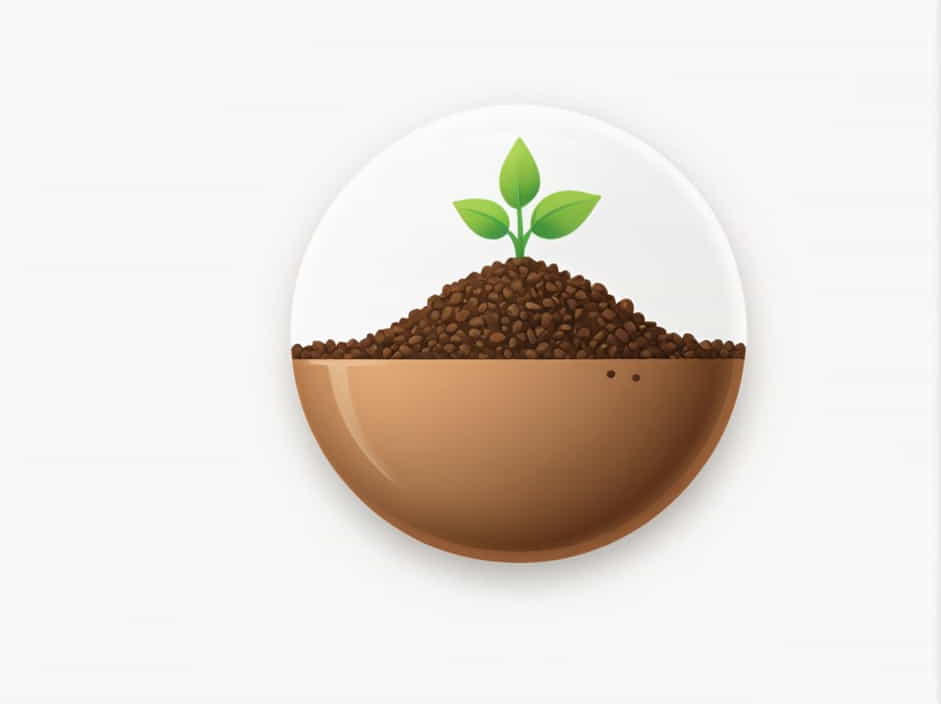Soil is the thin layer of organic and inorganic material that covers the Earth’s surface. It plays a vital role in sustaining life by providing nutrients for plants, serving as a foundation for ecosystems, and supporting human agriculture.
This topic explores the composition, types, functions, and conservation of soil, highlighting why this essential natural resource deserves protection and careful management.
What is Soil?
Soil is the top layer of the Earth’s crust, made up of minerals, organic matter, water, and air. It is formed over thousands of years through the breakdown of rocks and the decomposition of plant and animal materials.
The structure of soil varies depending on climate, location, and biological activity, making it a dynamic and constantly changing resource.
Composition of Soil
Soil consists of four main components:
- Minerals – The largest portion of soil, including sand, silt, and clay.
- Organic Matter – Decaying plants and animals that enrich the soil with nutrients.
- Water – Essential for plant growth, water fills the spaces between soil ptopics.
- Air – Provides oxygen for microorganisms and plant roots.
Types of Soil
There are several types of soil, each with unique properties that affect plant growth and land use.
1. Sandy Soil
- Contains large ptopics and drains quickly.
- Poor at retaining nutrients and moisture.
- Common in desert regions and coastal areas.
2. Clay Soil
- Has small, tightly packed ptopics, making it dense.
- Retains water well but drains poorly.
- Can become hard when dry and sticky when wet.
3. Silt Soil
- Has fine ptopics, making it smooth to the touch.
- Retains moisture and nutrients better than sandy soil.
- Found in riverbanks and floodplains.
4. Loamy Soil
- A balanced mix of sand, silt, and clay.
- Ideal for farming and gardening due to its fertility.
- Retains moisture while allowing proper drainage.
5. Peaty Soil
- High in organic matter, making it dark and rich.
- Holds a lot of water, making it suitable for wetland plants.
- Can be acidic, affecting plant growth.
Functions of Soil
Soil is more than just a surface layer—it is essential for life.
1. Supports Plant Growth
Soil provides nutrients, water, and anchorage for plants, allowing them to grow and produce food.
2. Regulates Water Flow
It absorbs, filters, and stores water, preventing flooding and ensuring a steady supply of groundwater.
3. Supports Biodiversity
Millions of microorganisms, insects, and other organisms live in the soil, helping decompose organic matter and maintain ecological balance.
4. Stores Carbon
Soil absorbs and stores carbon dioxide (CO2), playing a role in reducing greenhouse gases.
5. Provides Raw Materials
It is a source of clay, sand, and minerals, which are used in construction and industry.
Soil Erosion and Degradation
Despite its importance, soil is constantly threatened by erosion, pollution, and deforestation.
Causes of Soil Erosion
- Deforestation – Removing trees exposes soil to wind and water erosion.
- Overgrazing – Too many animals eating vegetation can damage the soil structure.
- Poor Farming Practices – Excessive plowing and use of chemicals reduce soil fertility.
- Urbanization – Expanding cities replace fertile land with concrete and asphalt.
Effects of Soil Degradation
- Loss of fertility – Depleted soil cannot support healthy crops.
- Increased flooding – Eroded soil leads to poor water absorption.
- Desertification – Productive land turns into barren, dry land.
Soil Conservation Methods
To protect soil, we must adopt sustainable land-use practices.
1. Crop Rotation
Planting different crops each season prevents nutrient depletion and reduces pests.
2. Cover Cropping
Growing plants like clover or grass protects soil from erosion and improves fertility.
3. Reduced Tillage
Minimizing plowing helps retain moisture and organic matter in the soil.
4. Contour Farming
Plowing along natural land contours reduces water runoff and prevents erosion.
5. Reforestation
Planting trees stabilizes soil, prevents landslides, and improves air quality.
Soil is an essential part of our ecosystem, supporting plant life, regulating water, and maintaining biodiversity. However, human activities continue to threaten its health.
By understanding the importance of soil and adopting conservation methods, we can protect this valuable natural resource for future generations.
